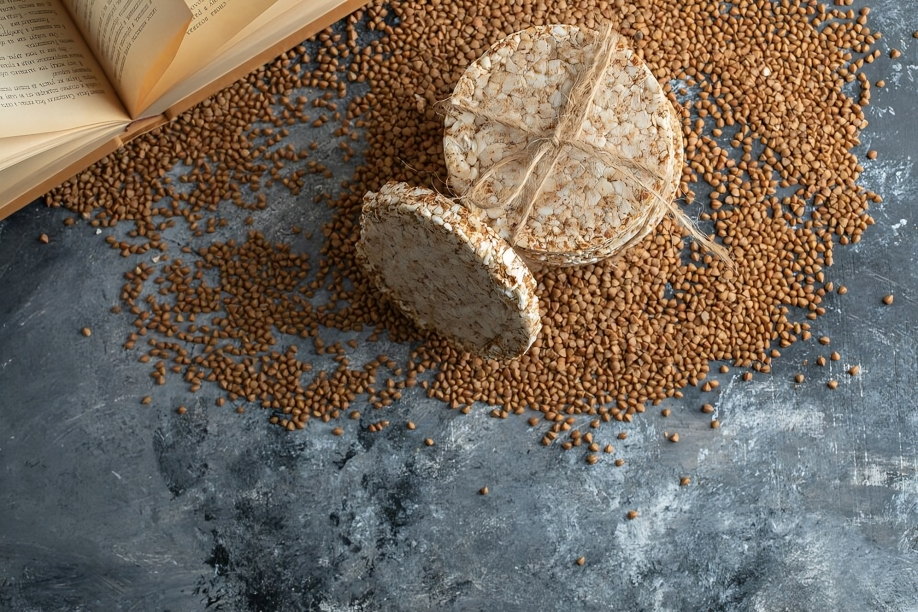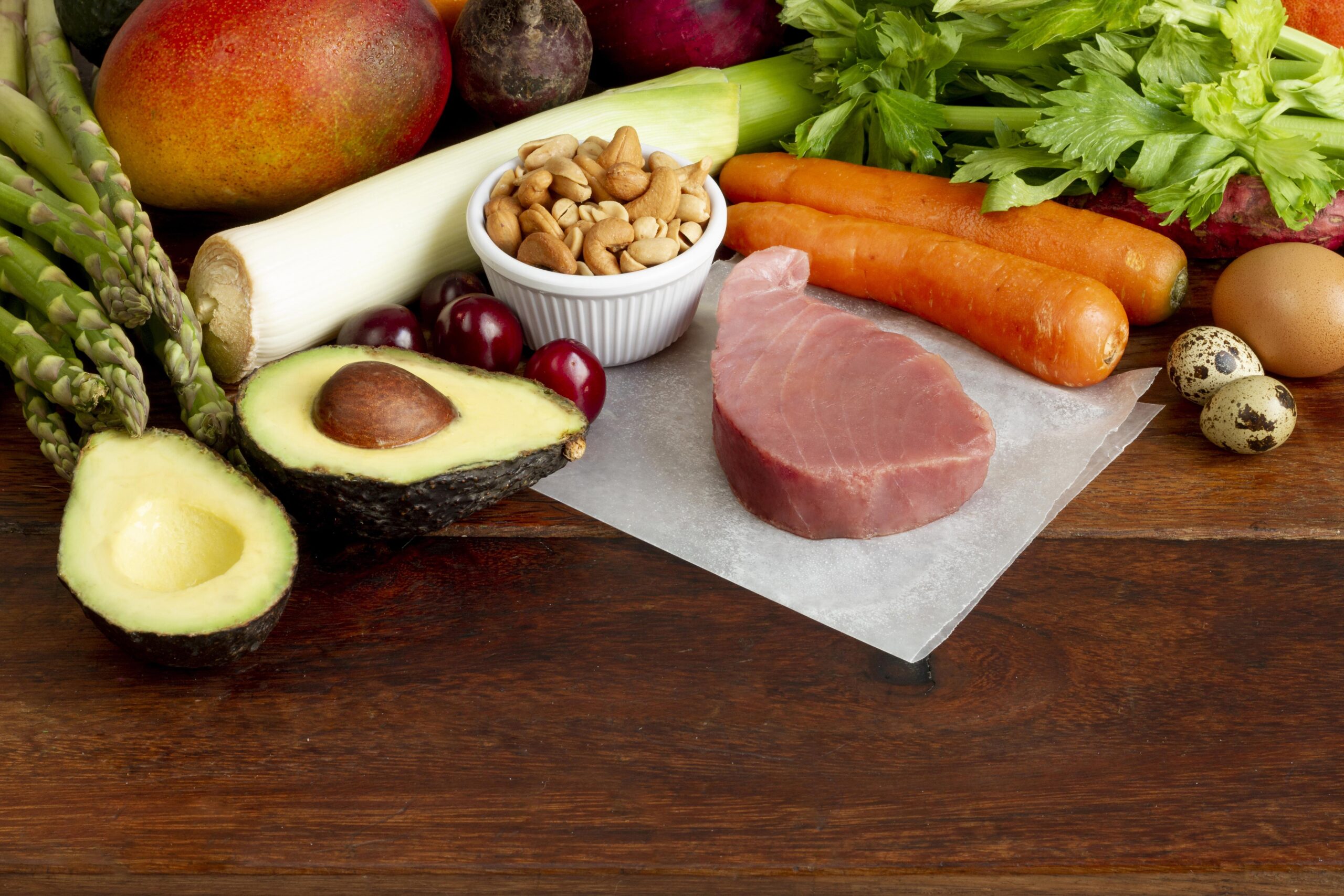Introduction to Ancient Grains and their History
Ancient grains are making a comeback, and for good reason. These nutrient-packed seeds have stood the test of time, nourishing generations long before modern diets took center stage. But what exactly are ancient grains? They include a variety of wholesome foods that our ancestors thrived on, offering both flavor and nutrition.
In an age when processed foods dominate grocery store aisles, these forgotten staples remind us of simpler times. With their unique textures and diverse flavors, ancient grains are not just culinary delights; they also pack a serious health punch. As more people seek healthier alternatives to conventional ingredients, it’s clear that the rise of ancient grains is more than just a fleeting trend—it’s becoming an essential part of modern diets.
Let’s explore how we can embrace these powerful little seeds in our meals while reaping their many benefits!
Health Benefits of Ancient Grains
Ancient grains are packed with essential nutrients that modern diets often lack. They offer a rich source of fiber, which promotes healthy digestion and keeps you feeling full longer.
These grains are also loaded with protein. This makes them an excellent choice for those looking to balance their meals or reduce meat consumption.
Moreover, ancient grains carry a variety of vitamins and minerals like iron, magnesium, and B-vitamins. These nutrients play vital roles in energy production and overall health.
Additionally, many ancient grains have a low glycemic index. This means they help regulate blood sugar levels better than some refined options, making them suitable for individuals managing diabetes.
Incorporating these superfoods can enhance heart health as well. Their high antioxidant content combats oxidative stress in the body while decreasing inflammation significantly.
Comparison to Modern Grains and Processed Foods
Ancient grains stand apart from modern grains and processed foods in several key ways. While traditional grains like wheat and rice have been cultivated for centuries, many of today’s staples are heavily refined. This refinement strips away valuable nutrients.
Processed foods often contain added sugars, unhealthy fats, and preservatives. In contrast, ancient grains retain their wholesome qualities. They provide essential vitamins, minerals, and fiber that support overall health.
Modern diets frequently rely on quick-fix meals loaded with empty calories. Ancient grains offer a more satisfying alternative that promotes sustained energy levels. Their complex carbohydrates digest slowly, reducing spikes in blood sugar.
Moreover, the flavor profiles of ancient grains are diverse and rich compared to bland processed options. Incorporating these nutrient-dense choices into meals can transform your diet while enhancing taste experiences at the same time.
Types of Ancient Grains (Quinoa, Farro, Kamut, etc.)
Ancient grains are a treasure trove of nutrition, each bringing its own unique flavor and texture to the table. Quinoa is one of the most popular choices today. This tiny seed packs a protein punch, making it an ideal option for vegetarians.
Farro offers a nutty taste and chewy texture that pairs well with salads or soups. Its high fiber content promotes digestive health.
Kamut stands out with its rich, buttery flavor. Known for being more easily digestible than modern wheat varieties, it’s perfect in pasta or baked goods.
Spelt has seen a resurgence as people seek alternatives to conventional grains. With its slightly sweet taste, spelt flour can elevate your pancake game.
Then there’s millet—a gluten-free gem that can be used in porridge or grain bowls. Each ancient grain contributes not just to health but also culinary creativity!
How to Incorporate Ancient Grains into Your Diet (recipes, substitutions)
Integrating ancient grains into your meals can be both fun and rewarding. Start by swapping out rice for quinoa in your favorite stir-fry. This nutty grain cooks quickly and packs a protein punch.
Try farro in your salads for added texture. Its chewy consistency complements fresh veggies beautifully. A simple lemon dressing brings it all together.
When baking, replace half of the flour with spelt or kamut flour to enhance nutritional value without sacrificing taste. Your baked goods will have a delightful nuttiness.
Porridge lovers can explore amaranth as a warm breakfast alternative. Cook it similarly to oatmeal; add fruits and nuts for an energizing start to the day.
Experiment with pasta made from ancient grains too! It’s available in most grocery stores and adds unique flavors while boosting nutrition content significantly.
The possibilities are endless when you let creativity guide you in the kitchen!
The Environmental Impact of Choosing Ancient Grains
Choosing ancient grains can significantly benefit the environment. These grains often require less water and fewer synthetic fertilizers compared to modern crops. This means a smaller ecological footprint.
There are resilient, adapting well to various climates and soil types. Their hardiness reduces the need for pesticides, promoting biodiversity in farming systems.
Crop rotation is another advantage of incorporating these grains into agriculture. They enrich the soil, enhancing its health over time while preventing erosion.
Moreover, supporting local farmers who grow ancient varieties fosters sustainable practices and strengthens community ties.
By shifting our diets toward ancient grains, we contribute to preserving agricultural diversity—an essential element in combating climate change.
Debunking Myths and Misconceptions about Ancient Grains
Ancient grains have faced a fair share of myths that can cloud their true value. One common misconception is that they are difficult to prepare. In reality, many cook up just like regular rice or quinoa, requiring minimal effort and time.
Another myth suggests that all are gluten-free. While quinoa and millet fit the bill, others like farro and spelt do contain gluten. Always check labels if you have dietary restrictions.
Some people think these grains lack flavor compared to modern options. However, Itoften boast rich, nutty profiles that enhance dishes beautifully.
There’s a belief that eating is merely a trend. The truth is they’ve been staples in diets across cultures for centuries—long before fads came into play. Embracing them means tapping into history while enjoying health benefits today.
Conclusion: The Importance of Adding Variety to Your Diet with Ancient Grains
Adding to your diet is more than just a trend; it’s an opportunity to enrich your meals with diverse flavors and nutrients. These grains offer unique textures, making every bite exciting. They also provide significant health benefits that can enhance overall well-being.
Incorporating it can lead to better digestion, sustained energy levels, and improved heart health. By replacing or complementing modern processed foods with these wholesome options, you not only nourish your body but also honor culinary traditions that have stood the test of time.
Exploring various types like quinoa, farro, and kamut introduces new tastes into your cooking repertoire. With simple recipes and easy substitutions available online, integrating into daily meals becomes effortless.
Moreover, choosing them contributes positively to our planet’s health by promoting sustainable agriculture practices often associated with these crops.
As you embark on this journey towards a varied diet rich in ancient grains, remember that each grain has its own story and nutritional profile waiting for you to discover it. Embrace the change; it’s time to elevate your plates!











